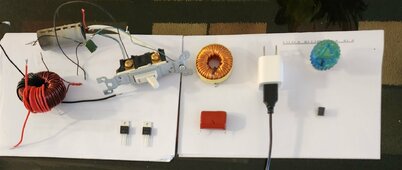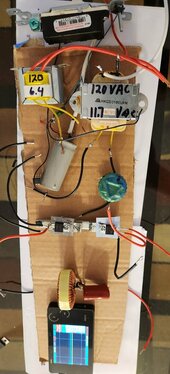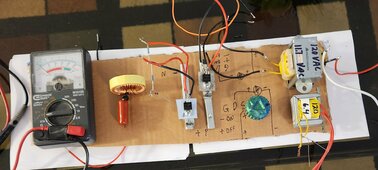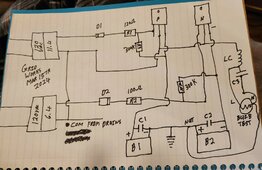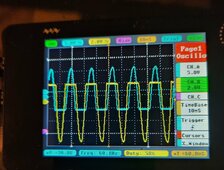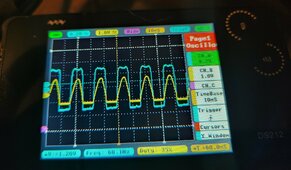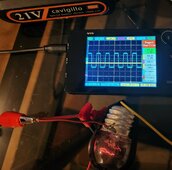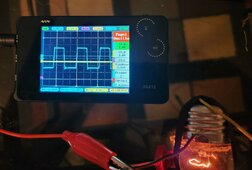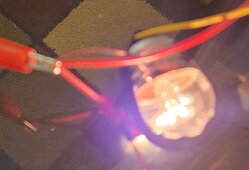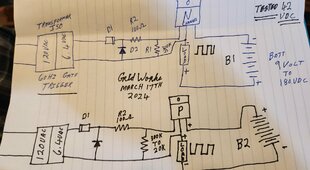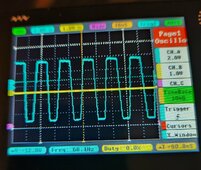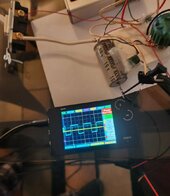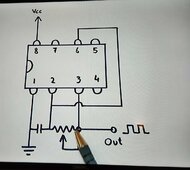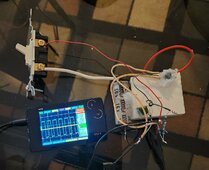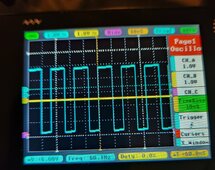GridWorks Green Solar
Solar Innovator
See a path to actually make this inverter work. With the right capacitors on the555 timer it is getting 60 to 61Hz, The LC circuit can work all the way down to 50Hz so if I put the drift between 59 and 60Hz it's a win.
Found four things wrong with the original circuit diagram, wrong voltage FETs, B2 power source was inverted and you will need two gate isolation transformers to switch high voltage.
Also the power supply for the 555 is Wrong will need a stable 5VDC power supply.
Just a short time till it will actually work.
Best wishes
Found four things wrong with the original circuit diagram, wrong voltage FETs, B2 power source was inverted and you will need two gate isolation transformers to switch high voltage.
Also the power supply for the 555 is Wrong will need a stable 5VDC power supply.
Just a short time till it will actually work.
Best wishes
Last edited:



